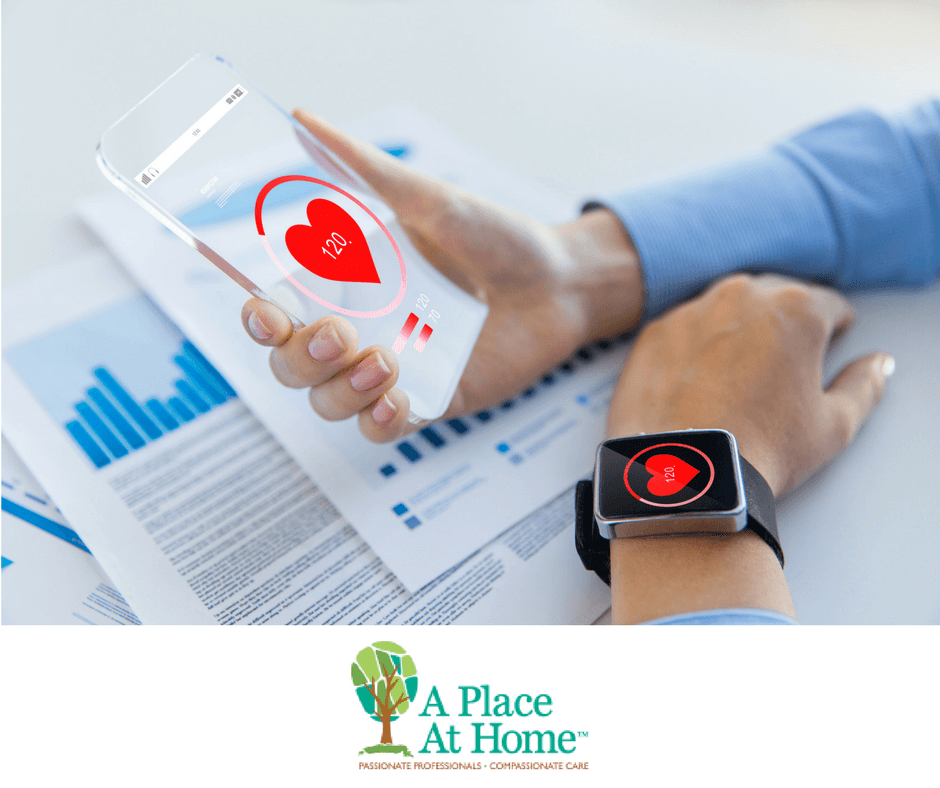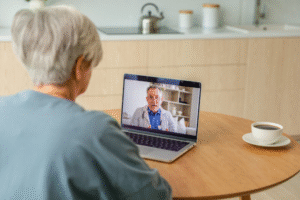
Technology is revolutionizing and streamlining many industries and walks of life and home health care or in home care for seniors is no exception. Today, there are many high-tech ways to treat and monitor health conditions remotely, with wearable tech and other portable and/or Internet-connected devices. This technology reduces the need for hospital monitoring, and could eliminate or postpone the need for seniors to move to unappealing nursing homes for these types of services.
With less need to see each patient personally, today’s overwhelmed medical services (doctor’s offices, hospitals, etc.) will be relieved of some duties. This new, evolving medical technology also means that, with dedicated in home care for seniors, older individuals can age in place and enjoy an independent life at home well into their old age.
Wearable Devices for Remote Health Monitoring and In Home Care
In-home sensor networks, wearable or implanted biosensor devices include sophisticated vital sign monitoring devices and apps for:
- Pulse (heart rate) monitoring
- Body temperature measurement and management
- Blood pressure readings
- Respiration rate
- Blood oxygen level and oxygen therapy devices
- Blood glucose monitoring for diabetics
- Insulin devices
- Cardiac monitoring (EKG or electrocardiogram) and CRM (heart rhythm management)
- Electronic/digital stethoscopes
- Sleep pattern analysis
- Walking pace (speed)
- Automated reminders to take medications, exercise, see your doctor, etc.
- Alerts when irregularities are detected
- And more…
In Home Care for Heart Conditions, Diabetes and More
At-home, non-invasive detection and managing of diabetes and heart conditions, in particular, are quickly gaining acceptance due to effective and accurate remote/wearable monitors. Using these high-tech tools, patients and caregivers are effectively managing many serious, chronic conditions at home, outside medical clinic settings.
If adverse/abnormal readings are found, wearable health monitoring devices typically send emergency alerts to medical staff, family or caregivers. In some cases, the devices can then provide corrective action–treating cardiac rhythm problems, for example.





